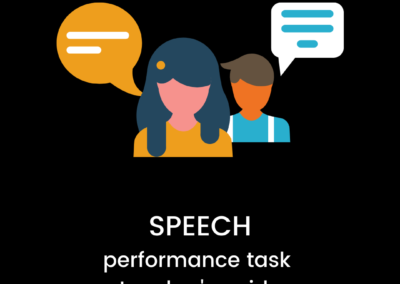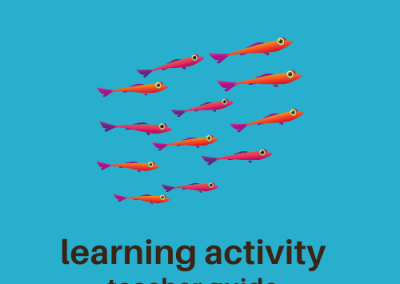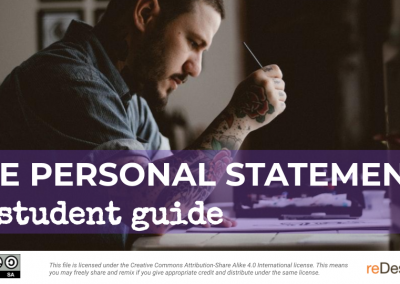One-Sentence Summaries
Preparation
Prepare sentence starters for each of the one-sentence summary types.
Activity Steps
1
Introduce One-Sentence Summaries
2
Provide direct instruction of the five types of one-sentence summaries.
Explain each of the five one-sentence summary types: description, sequence, compare/contrast, cause/effect, and problem/solution. Review sentence starters for each type.
3
Model a one-sentence summary.
Read a passage or show a video clip. Based on that content, select one of the five types of summary sentences. Use the sentence starter to write a one-sentence summary. Think aloud for students and stress that the sentence includes the main idea and vital details.
4
Practice writing one-sentence summaries.
Students read a passage or watch a video clip, select the type, and write a one-sentence summary.
5
Practice writing one-sentence summaries.
Students switch papers with a peer. They read and evaluate the summary. · Did the students select the appropriate type of summary? · Did the summary include the main idea and the vital details? Students share feedback with each other. You may want to give students a form with the questions above to fill out as they evaluate their peer’s sentences.
6
Repeat (optional).
One-sentence summaries could be written at various points in a lesson during a longer text reading. They could be used as an opening or closing to a lesson.
4
Reflect.
Students can reflect individually or as a group, orally or in writing. · Which is harder to write: a traditional summary or a one-sentence summary? Why? · What was one piece of feedback you received from your partner that was helpful? · How does writing a one-sentence summary help focus you on the most important information? · When might you use this strategy again?

























